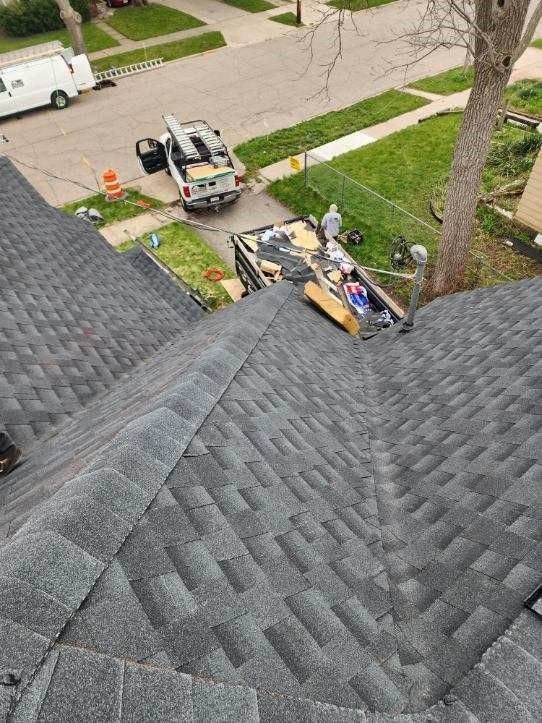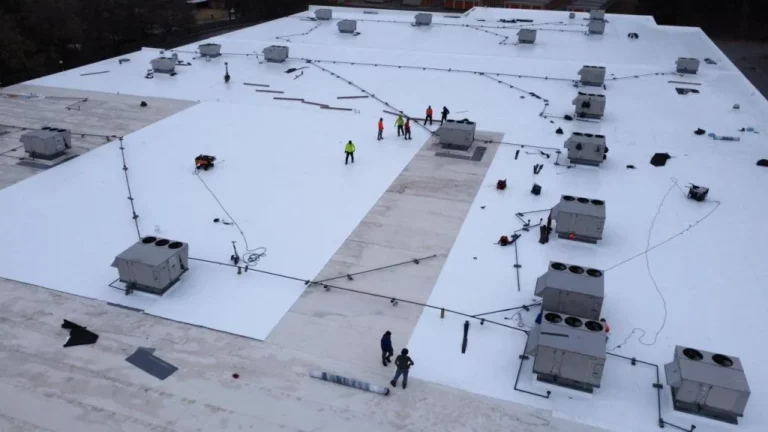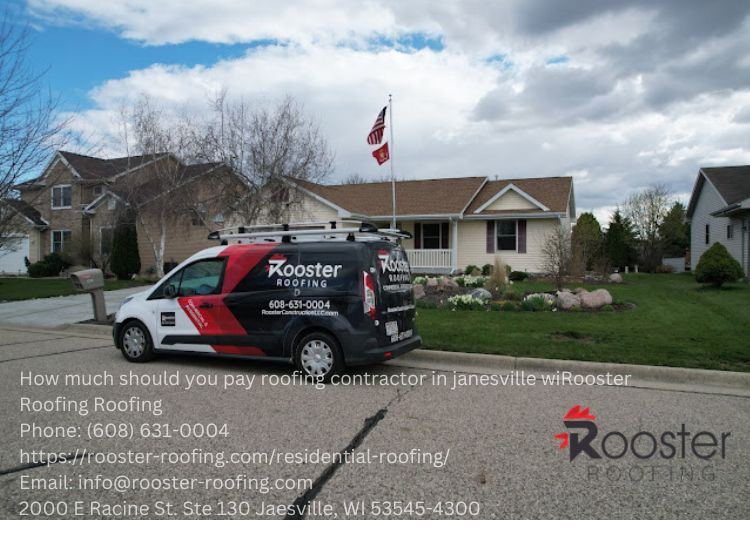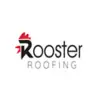Investing in a quality commercial roofing system is crucial for protecting your building and its occupants from the elements. Determining the overall cost of a commercial roof can be challenging, as it depends on a range of factors.
Overview of Factors That Influence Commercial Roofing Costs
In this article, we will explore the key factors that influence commercial roofing costs, providing you with the information needed to make an informed decision.
The type of roofing material you choose has a significant impact on the overall cost of your commercial roofing project. Here is a brief overview of the most common commercial roofing materials, along with their approximate national average costs:
Cost Comparison Among Materials
Asphalt
Asphalt roofs are an affordable option, with costs ranging from $3 to $6 per square foot.
Metal
Metal roofs are more expensive, with costs typically ranging from $7 to $12 per square foot.
Single-ply membranes (TPO, EPDM, PVC)
Costs for single-ply membranes vary depending on the specific material, but generally range from $4 to $8 per square foot.
Built-up roofs (BUR)
Built-up roofs typically cost between $4 and $7 per square foot.
Others (green roofs, modified bitumen, etc.)
Other roofing options, such as green roofs or modified bitumen, have varying costs depending on the specific material and installation requirements.
Installation Costs
Labor Expenses
Labor expenses are another critical component of commercial roofing costs. Factors that can influence labor costs include:
- Contractor experience and reputation: Experienced and reputable contractors may charge more for their roofing services, but often provide higher-quality work and better warranties.
- Regional labor costs: Labor costs can vary depending on the region, with urban areas generally having higher labor costs than rural areas.
Complexity of the Roof
- Size and pitch: Larger or more complex roofs with a steep pitch may require more labor and result in higher installation costs.
- Accessibility: Limited accessibility can increase labor costs due to the additional time and equipment needed for installation.
- Number of penetrations (HVAC units, skylights, etc.): Roofs with numerous penetrations may require more labor and result in higher installation costs.
Removal of Existing Roof (if applicable)
- Disposal fees: Removing and disposing of an existing roof may incur additional fees.
- Additional labor: The removal process requires extra labor, which can increase the overall cost of the project.
Energy Efficiency – Role of Insulation and Proper Installation in Energy Savings
Energy-efficient roofing materials and proper installation can result in long-term cost savings on energy bills. Proper insulation and sealing can help reduce heat transfer, contributing to a more energy-efficient building.
Long-term Cost Savings Through Energy Efficiency
Some roofing materials, such as metal and single-ply membranes, are more energy-efficient than others, reflecting sunlight and reducing heat transfer. While energy-efficient materials may have higher upfront costs, they can save money in the long run by reducing energy consumption.
Comparison of Energy-Efficient Roofing Materials
When selecting a roofing material, it’s essential to consider its energy efficiency and potential long-term cost savings. Compare the performance of various materials in terms of energy efficiency to make the best decision for your building.
Maintenance and Repair Costs
Regular Maintenance Requirements for Different Materials
Different roofing materials require varying levels of maintenance. Some materials, like metal, may require minimal maintenance, while others, like asphalt, may need more frequent upkeep. Regular maintenance can extend the lifespan of your roof and prevent costly repairs.
Longevity and Durability of Roofing Materials
The durability of a roofing material can affect its maintenance and repair costs. More durable materials, such as metal, may have lower repair costs, while materials like asphalt may be more susceptible to damage. It’s important to consider the long-term maintenance and roof repair costs when selecting a commercial roofing material.
Cost of Repairs and Replacements for Various Materials
Repair and replacement costs can vary significantly depending on the roofing material. More expensive materials, like metal, may have higher repair costs, but their durability can result in fewer repairs overall. Less expensive materials, like asphalt, may have lower repair costs, but may require more frequent repairs due to their shorter lifespan.
Warranties and Insurance
Importance of Warranties and Their Impact on Cost
Warranties can provide additional protection and peace of mind, but they can also impact the overall cost of a commercial roofing project. Make sure to compare the warranties offered by different contractors and manufacturers. Longer warranties may result in higher upfront costs, but can save money in the long run by covering repairs or replacements.
Insurance Considerations and How They May Affect Costs
Insurance considerations, such as premiums and deductibles, can affect the total cost of your roofing project. Some roofing materials may result in lower insurance premiums due to their durability or resistance to specific hazards like fire or hail. Be sure to consult with your insurance provider to understand how different roofing materials might impact your insurance costs.
Regional and Climate Factors
Climate Considerations for Different Materials
Climate considerations are essential when selecting a commercial roofing material, as some materials perform better in specific climates. For example, metal roofs are suitable for areas prone to high winds or hail, while single-ply membranes may be more appropriate for hotter climates. Consider your region’s weather patterns and choose a material that performs well under those conditions.
Local Building Codes and Regulations
Local building codes and regulations may dictate specific requirements for commercial roofing, potentially affecting the overall cost. It’s essential to be aware of these requirements and ensure your roofing project complies with them. Noncompliance can result in fines, delays, or the need for costly modifications.
Potential Additional Costs Due to Weather Events or Extreme Temperatures
Extreme weather events, such as hurricanes, tornadoes, or heavy snowfall, can cause damage to your commercial roof and result in additional costs. Selecting a roofing material that is resistant to the weather events common in your region can help minimize these additional expenses.
What is the cheapest roofing material?
The cheapest commercial roofing material is typically asphalt-based built-up roofing (BUR). BUR is a popular choice for commercial buildings due to its relatively low material and installation costs. It consists of multiple layers of asphalt and roofing felt, providing an affordable solution for businesses on a budget. However, it’s essential to consider factors such as durability, energy efficiency, and maintenance requirements when choosing a roofing material, as the cheapest option may not always be the most cost-effective in the long run.
What is the most expensive commercial roofing material?
The most expensive commercial roofing material is typically standing seam metal roofing. Metal roofs are known for their durability, long lifespan, and resistance to various weather conditions. They can be made of materials like aluminum, steel, copper, or zinc, with copper being the most expensive among them. Although metal roofing has a higher upfront cost compared to other commercial roofing materials, its long-lasting nature, low maintenance requirements, and energy efficiency often make it a worthwhile investment in the long run.
Conclusion
When evaluating commercial roofing costs, it’s essential to consider all factors, including material costs, installation expenses, energy efficiency, maintenance and repair costs, warranties, insurance, and regional factors. By considering these factors and consulting with a professional roofing contractor, you can make an informed decision about the best roofing system for your commercial building and better understand the associated costs.










